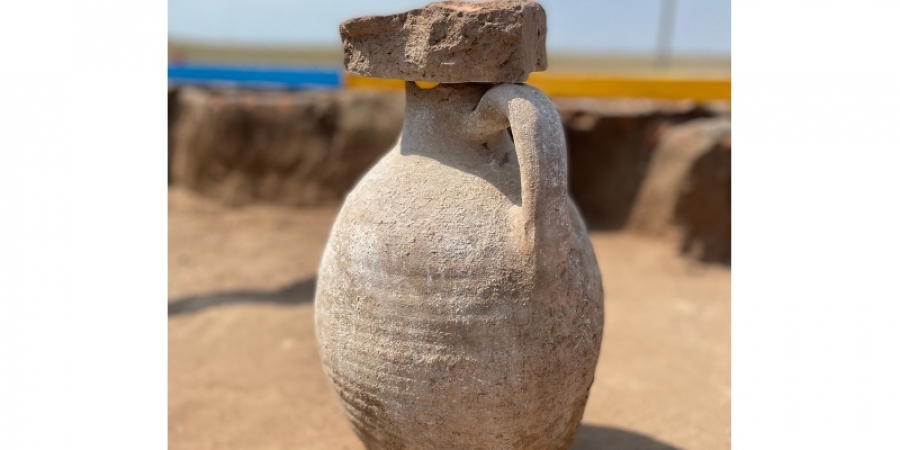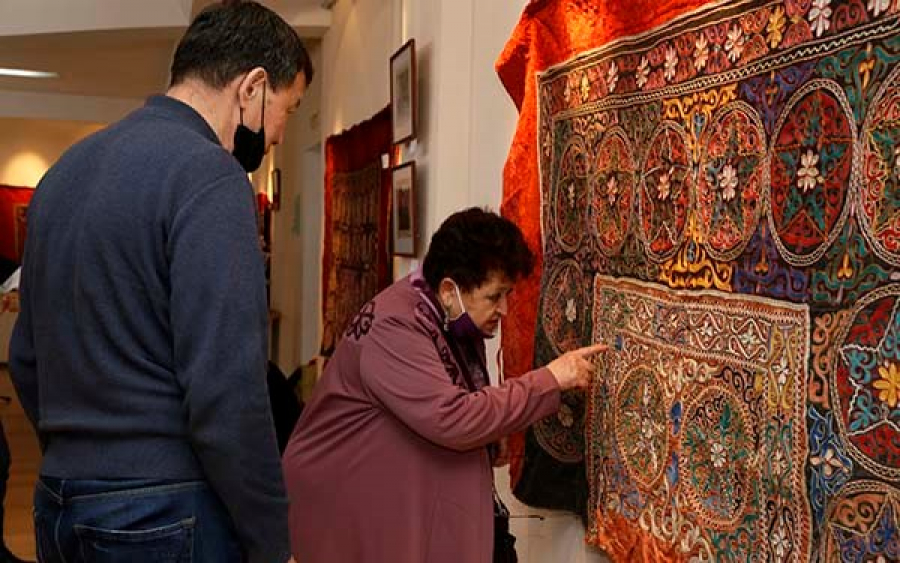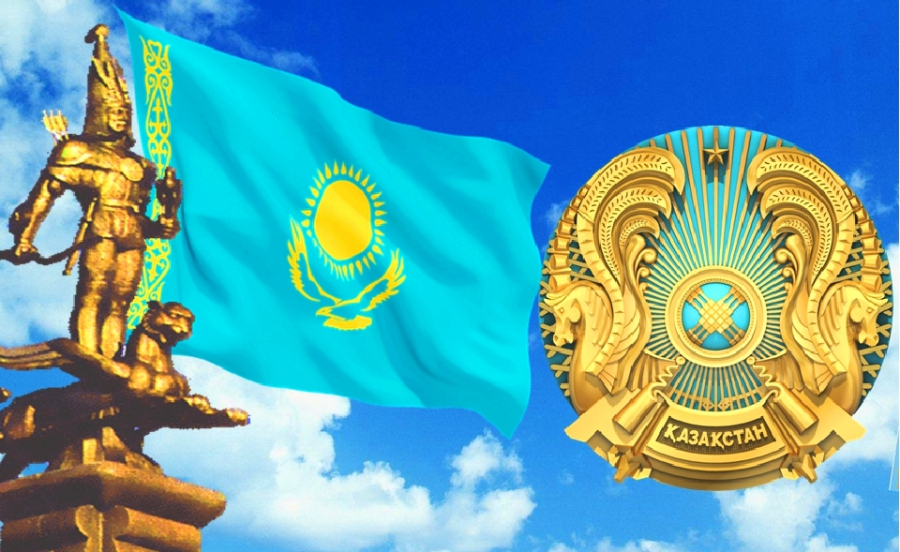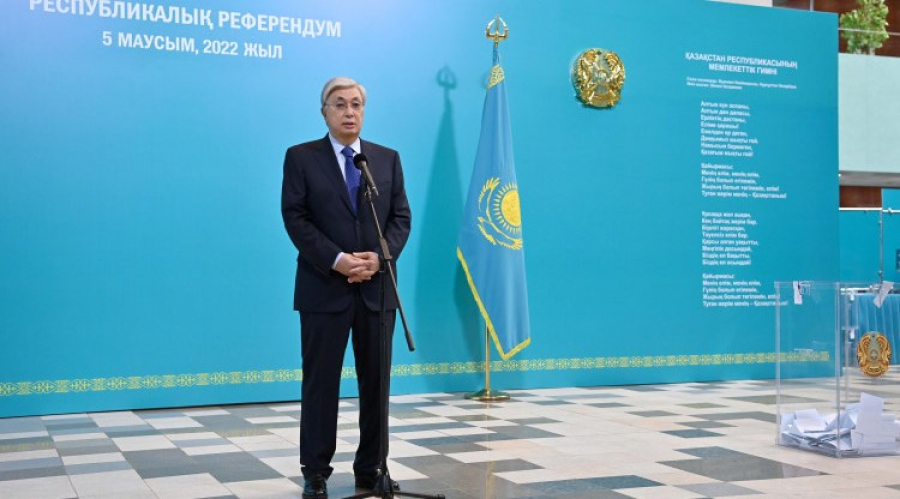Bytygai: mystery of medieval jar solved

Scientists from Kazakhstan revealed the mystery of a jar found in the medieval city of Bytygai in Akmola region. The ancient relic was not just preserved in its original form. There was a thick brown liquid that looks like butter inside the bowl. The jar was more than half full. According to scientists, this is the first such find on Eurasia’s territory. It allowed making outstanding discoveries.
“This vessel still has the liquid, it has been in the ground for about 700 years. After the excavations were completed, this substance is sent to the Institute of Geological Sciences. We have recently received results of this research. They were stunning. The composition of the liquid turned out to be bitumen,” said Ainagul Ganiyeva, Secretary of Academic Council, Bozok Museum-Reserve.
Experts said that natural bitumen was used for production purposes. The height of the pitcher is 40 centimeters, the width is 25, and the capacity is 6 liters. Archaeologists discovered the amphora during a study of the ancient workshop of a unique settlement, typical of medieval urban culture.
“At that time, over 700 years ago, local jewelers and artisans used bitumen in the petrochemical industry in their enterprises. The question is, how did they find bitumen? Did they find down the mines? If so, then how? All these artefacts testify to the development of technology in ancient times,” said Sergazy Sakenov, Chief Researcher, Bozok Cultural Museum-Reserve.
Moreover, the jar is not the only find of archaeologists. During the excavations at the workshop, researchers found three large mills for a stone crusher, brick kilns, a tray for preparing building paint and parts of bricks covered with glaze.
“Domestic scientists have proved the rapid development of construction in the Great Steppe in the Middle Ages. The bricks found on the outskirts of the capital in Saryarka were made in the 13-14 centuries. Several types of them are developed according to a unified standard. Such decorative bricks were used for finishing the facade of the facility. Glaze was used in the construction. Its color is still preserved. This means that the quality was perfect,” said correspondent Zhenis Yermukanov.
These valuable exhibits tell about three important periods of the Middle Ages: the Golden Horde, the Jochi Khanate and the Kazakh Khanate.
“Bytygai city occupies the territory of about 35 hectares. There are various buildings. We dug only a smaller part of it. Major archaeological research will continue here next year. We look forward to new discoveries in the history of these lands,” said Sergazy Sakenov, Chief Researcher, Bozok Cultural Museum-Reserve.
Upon completion of all archaeological excavations, Bytygai city will revive after seven centuries underground. There will be a major reconstruction. The historical site will become a place of attraction for tourists who will undoubtedly want to visit the open-air museum.
Translation by Saniya Sakenova
Editing by Saule Mukhamejanova









